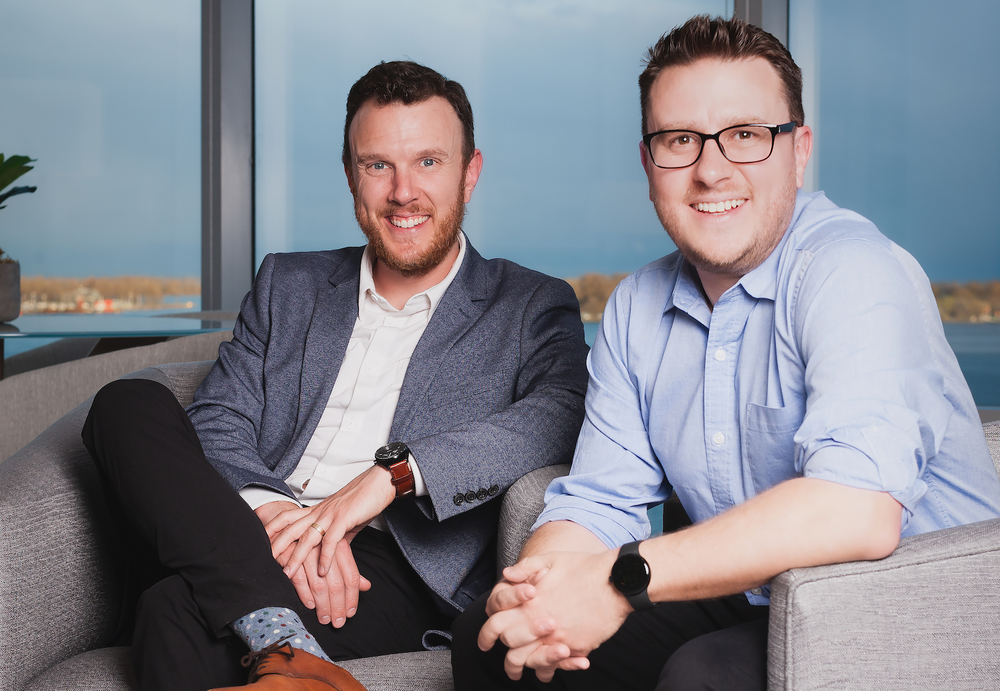Entrepreneur Case Studies
Bootstrapping to Exit from Saudi Arabia: Emad Daghreri, Co-Founder CEO of Autobia (Part 1)

Emad bootstrapped his first company and took it public in the junior stock exchange in Saudi Arabia. He is now doing a second company. This interview focuses on his bootstrapping to exit story with the first one.
Sramana Mitra: Emad, let’s start at the very beginning of your journey. Where are you from? Where were you born? Raised? What kind of background?
>>>Building a Bootstrapped Unicorn from India: Rajesh Jain, Founder of Netcore Cloud (Part 2)
Sramana Mitra: At that time, it was the beginning of the market. Today, things are much more complicated. So, in 1997, what are we talking about? Where were you getting the ads from? Were you working with a network? Were you actually having to sell the ads to corporates? How were you getting the ads?
>>>Building a Bootstrapped Unicorn from India: Rajesh Jain, Founder of Netcore Cloud (Part 1)

Rajesh Jain has built a Bootstrapped Unicorn from India. This is an important case study for all the bootstrapped entrepreneurs out there looking for inspiration and methodology to scale.
Sramana Mitra: Alright, Rajesh, let’s start at the very beginning of your journey. Where are you from, where were you born, raised, what kind of background?
>>>Canadian Brothers Bootstrapping to $40M Exit: Chris Sinkinson, Co-Founder AppArmor (Part 3)
Sramana Mitra: So you didn’t need to use the Twilio API or anything. It was getting the data straight directly off the smartphone.
Chris Sinkinson: Yes. The smartphone geolocation data has latitude and longitude that we would send to a web-based dashboard. The campus security team had a map that showed a pin of where the call was coming from. While you were on the call, it would update that location. So if you were moving, that pin would move and then they were able to relay that to their response team.
>>>Canadian Brothers Bootstrapping to $40M Exit: Chris Sinkinson, Co-Founder AppArmor (Part 2)
Sramana Mitra: Tell me more about the process of zeroing in on AppArmor.
Chris Sinkinson: We often joke that if you want to start a business, you don’t need a great idea; you need ten great ideas because nine of them are probably going to fail. You might get one that actually works out and ends up being really good. That was certainly our situation.
>>>Canadian Brothers Bootstrapping to $40M Exit: Chris Sinkinson, Co-Founder AppArmor (Part 1)

I always love Bootstrapping to Exit stories. Chris and his brother bootstrapped a wonderful startup and sold it for $40M. Read on for the nuances.
Sramana Mitra: All right, Chris, let’s start at the very beginning of your journey. Where are you from? Where were you born, raised? What kind of backgrounds?
>>>Building a High-Impact EdTech Venture from Alabama: QuantHub CEO Josh Jones (Part 7)
Sramana Mitra: What percentage of the students of these 10K students on your platform are performing at high levels?
Josh Jones: Let me, tell you our latest number. I think it is 581 in the last semester.
Sramana Mitra: That’s very good. And they all have internships?
>>>Building a High-Impact EdTech Venture from Alabama: QuantHub CEO Josh Jones (Part 6)
Sramana Mitra: Can you discuss pricing for this K-12 data science training program? What kind of schools? Is this part of the curriculum now? Is data science being taught at a curriculum level? What’s the state of the union?
Josh Jones: I’d be happy to go much, much deeper into this area because it’s a passion point and it’s what I’m doing 24 hours a day right now. We were just in Virginia the last two days teaching 125 data science teachers from across the state. I’m in Chicago today meeting up with Data Science for Everyone, which is a nationwide initiative around getting data skills training in schools.
>>>